Finding the right sunscreen can sometimes be tricky. With all the exhaustive online information, it’s easy to make the wrong choice. Some don’t fit into our makeup regimen. While others leave your skin feeling icky and greasy.
The market is flooded with tons of brands offering either mineral or chemical sunscreens in the form of gels, lotions, sprays, and sticks which only confuse us further.
The important question still stands – Mineral sunscreen vs chemical sunscreen, which one of them works better?
Types of sunscreens
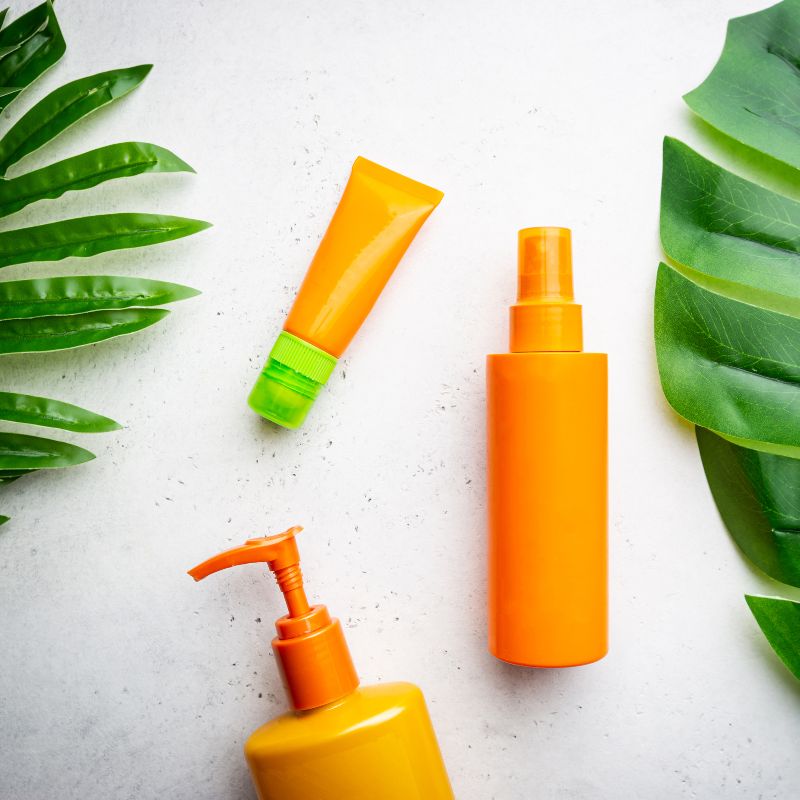
In this article today we are going to talk about different types of sunscreens such as Mineral, chemical, and hybrid sunscreens. After reading this article, you will be able to differentiate and understand which sunscreen would work wonders for your skin from the clutter available in the market.
What is a mineral or physical sunscreen?
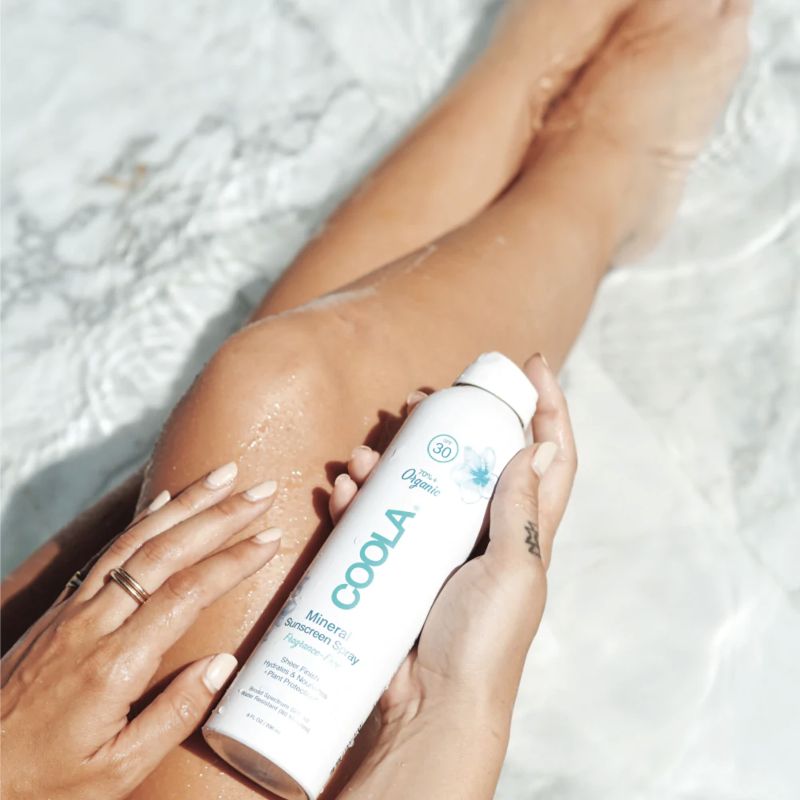
Mineral sunscreens also known as physical sunscreens protect your skin from harmful sun rays by deflecting them from your skin.
The active ingredients in mineral or physical sunscreen as one may prefer to refer to them, are zinc oxide and titanium dioxide. Both these ingredients are quite effective for sensitive and acne-prone skin. They prevent skin irritation and premature skin aging as well. The benefits of these active ingredients make mineral sunscreen a safer option.
Related article – 10 Clean Ingredients You Should Look For In Your Cosmetics
Zinc Oxide also has healing properties and can be included in your daily skincare care routine.
Did you know- size matters with mineral sunscreens?

We are talking about the mineral particle size. By this we mean, the bigger the particle, the better for you and the environment. We need to ensure we pick non-nano particle sunscreens. Non-nano particles are bigger than 100 nanometers, and nanoparticles are smaller than 100 nanometers.
Nanoparticles can penetrate the skin, and enter the bloodstream and lungs. These particles are more reactive to UV rays and can cause skin damage, such as wrinkles, fine lines, and skin cancer. We must avoid such sunscreens.
How do we understand the difference?
Non-Nano mineral particle sunscreens are white in color. If you find sunscreen to be sheer or transparent, chances are there are still nanoparticles present.
Pros of mineral sunscreen
- Mineral sunscreens are broad-spectrum sunscreen, which protects your skin from both UA and UAB rays.
- The main benefit is that mineral sunscreens are not absorbed by your skin. They form a layer on top and do not allow harmful rays to get absorbed into your skin.
Cons of mineral sunscreen
- Some mineral sunscreens have nanoparticles present, which is harmful to marine life, especially coral reefs, according to studies conducted by the Society of Environmental Toxicology and Chemistry.
- Mineral sunscreens wear off quickly. Reapplying is necessary if we are exposed to heat for a longer time. Although, we can overlook this as this is the case with most sunscreens.
A strong reason for mineral sunscreen not to be the go-to pick was the fact that it left a white and sticky cast on the application. (The white cast made mineral sunscreens unpopular for deeper skin tones). This was back when sunscreens were only designed for the face, and there wasn’t a concept of body sunscreens.
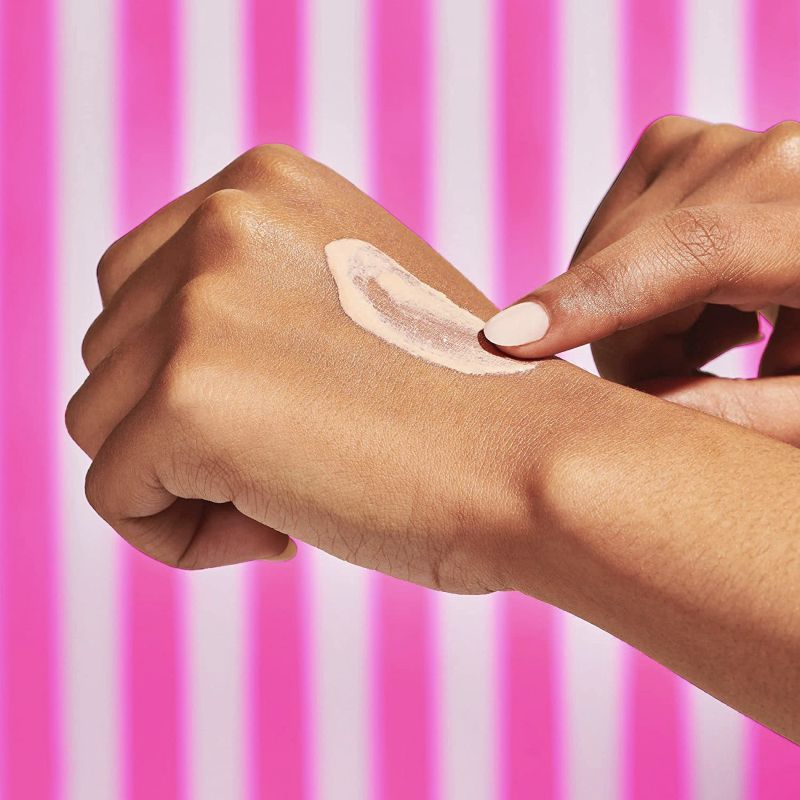
However, physical sunscreens have improved. Mineral or Physical sunscreens are advanced now with intelligent formulations. The white sticky cast is a thing of the past. Now you don’t need to compromise on beauty and safety, you get a perfect matte finish while the sunscreen does its job of shielding your skin.
Our good recommendations for a mineral sunscreen
“GG tip – generously apply an even layer covering all of your skin.”
What is chemical sunscreen?

Chemical sunscreens are the opposite of mineral sunscreens in the sense that this sunscreen absorbs into your skin on application. It prevents sun damage by inactivating the UV rays by creating some heat.
Chemical sunscreens have to be applied 20 minutes before any sun exposure to give it time to get absorbed into your skin. The active ingredients which act as UV filters are oxybenzone, octinoxate, avobenzone, octisalate, octocrylene, and homosalate.
Pros of chemical sunscreen
- Chemical sunscreen can be worn easily under makeup
- Small amounts cover more skin’s surface
- Chemical sunscreens are preferable due to their lightweight and sheer properties
- Broad-spectrum chemical sunscreens are available too
Cons of chemical sunscreen
- Chemical sunscreens are more likely to cause skin irritation and acne
- Not entirely suitable for rosacea-prone skin
- Need to be applied 20 minutes before exposure
- Need re-application
Our good recommendations for a chemical sunscreen
- Glossier Invisible Shield Daily Sunscreen SPF 35
- Bissport BlackGirlSunscreen SPF 30 Sunscreen
- Fenty Beauty Skin Hydra Vizor Invisible Moisturizer Broad Spectrum SPF 30 Sunscreen
“GG tip – you can always avoid common irritants by opting for clean, non-comedogenic (which do not clog pores), and fragrance-free options. “
Check out our article 8 Ingredients To Avoid When Buying Clean Beauty Products, to make sure the products you choose are safe and that your skin loves.
How do mineral and chemical sunscreens work?

Mineral sunscreen contains active ingredients like zinc oxide and titanium dioxide, which, when applied on the skin, forms a thick layer that blocks UV rays. They basically prevent UV rays from penetrating the skin.
When applied, chemical sunscreen is absorbed into the skin, it acts by breaking down the UV rays into heat, and the heat dispels into the skin. The ingredients in chemical sunscreens, such as oxybenzone, octinoxate, avobenzone, and octisalate, create this reaction by acting as UV filters.
Mineral sunscreen vs chemical sunscreen – which is better for the environment?
Chemical sunscreens are not considered safe for marine life. A few ingredients present in chemical sunscreens, including oxybenzone, can hurt coral reefs. The UV filters present get washed into the ocean and have been linked to coral bleaching. According to a study by science directly, these ingredients have been found in some fish species, which has consequences for the food chain.
While mineral sunscreens do also have an adverse impact on the environment, they are still less harmful than chemical sunscreens.
We are always on the lookout for products that are safe for personal use and also for the environment. As a sustainability platform, we at Good Guilt ensure to look at how each product impacts the environment. This helps us and you through us to make choices that benefit our planet as well as ourselves.
Related Article: What’s The Deal With Sunscreen? How To Find A Good Reef-Safe Option?
Difference between mineral and chemical sunscreen
| Mineral Sunscreens | Chemical Sunscreens | |
|---|---|---|
| Active Ingredients | Zinc Oxide, Titanium Dioxide | oxybenzone, octinoxate, avobenzone, octisalate, octocrylene, and homosalate |
| How does it work? | Sits on the skin and blocks UV rays from penetrating the skin | Absorbed into the skin, breaks the UV rays penetrating the skin through a chemical reaction |
| Time | Works instantly | Needs to be applied 20 minutes before exposure to radiation |
| Pros | Safe for sensitive skin | Thin and clear, mostly invisible |
| Cons | Heavy on the skin and may leave a cast. | May cause skin irritation |
| Environment Friendly | Less harmful compared to chemical sunscreens | Considerably harmful to the marine life |
If you are still torn between the two, don’t worry because you can get the best of both worlds. There’s a buzz about a new type of sunscreen in the industry called ‘hybrid sunscreens.’ Here is everything you need to know about hybrid sunscreens.
Say Hello to Hybrid Sunscreens
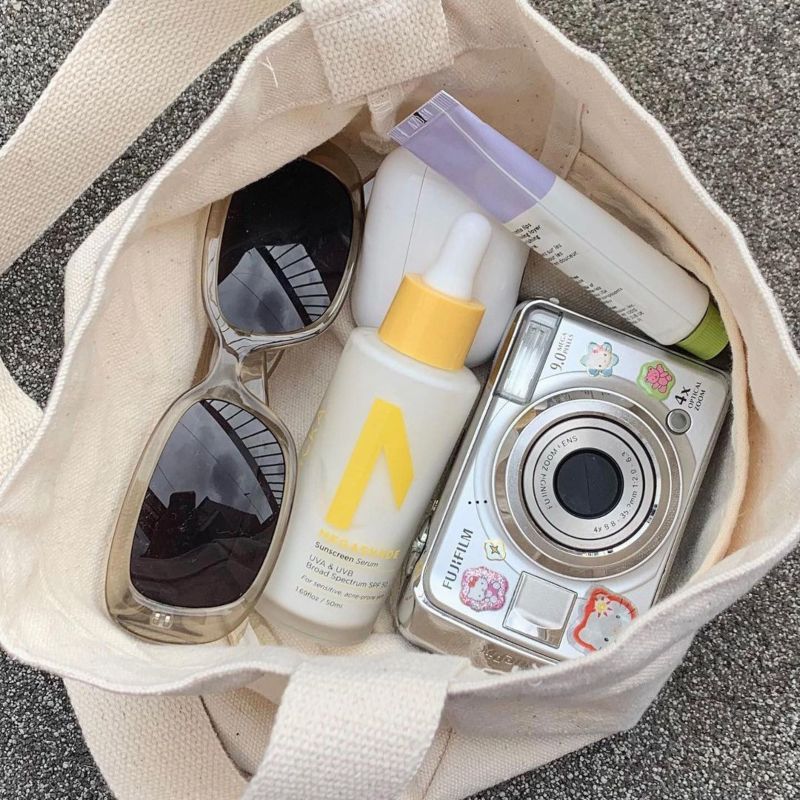
Hybrid sunscreens are formulated with both mineral and chemical actives in them and absorb UV rays.
As Dr. Loretta Ciraldo, a board-certified dermatologist and clinical researcher told HuffPost:
‘I do recommend that you try to find a sunscreen with at least 7% zinc, even if you don’t like a total mineral sunscreen. The zinc will not only reflect off a lot of the UV, but it also has some skin-calming benefits that help when we get sun exposure.’
She further suggested, ‘choosing a sunscreen that helps block out blue or HEV light, a damaging light spectrum that can destroy collagen and cause hyperpigmentation.’
With the combined benefits of both mineral and chemical UV filters, you get higher SPF protection. So, you do not have to compromise at all.
While there are not many clean options available when it comes to hybrid sunscreens at present, We hope to see more in the coming future.
Hybrid sunscreens solve almost all sunscreen problems. No white cast – check.
Perfect with makeup – check. Higher SPF – check. Safe ingredients – double-check.
Final verdict – It is a win-win for everyone.
Our good recommendations for hybrid sunscreen
- MEGASHADE by ZitSticka – SPF 50 Facial Sunscreen Serum
- Sun Bum Original SPF 50 Clear Sunscreen with Zinc
- Sunday Riley Light Hearted Broad Spectrum SPF 30 Face Sunscreen
Mineral sunscreen vs chemical sunscreen: which sunscreen is right for you?
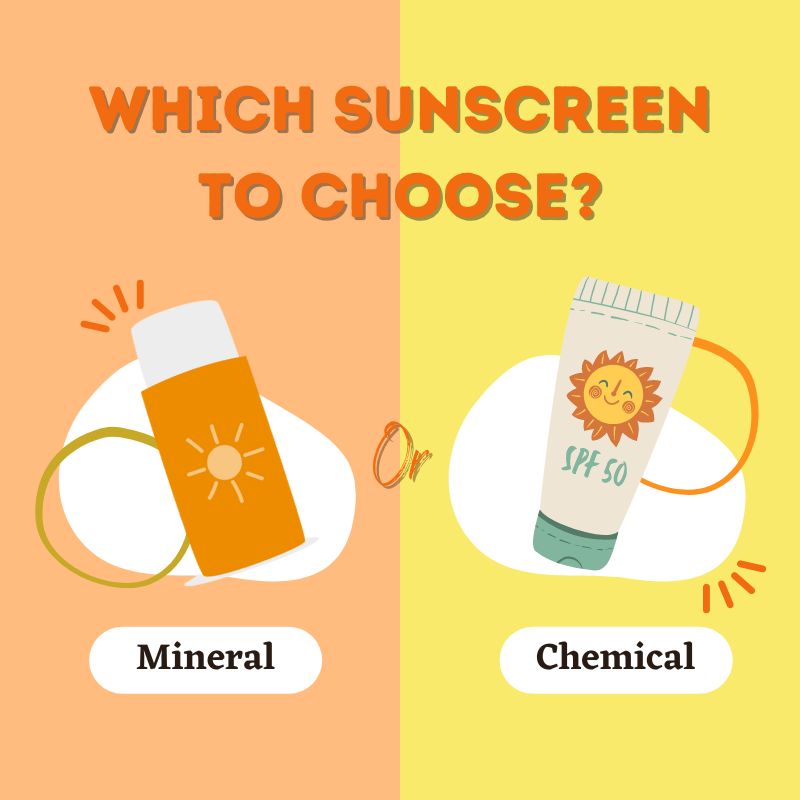
With the variety of options available today, it can get overwhelming to pick up one from the clutter. Ideally, you should go for a sunscreen that you will be comfortable wearing on a daily basis. A sunscreen that will nourish and protect your skin.
Both mineral sunscreens and chemical sunscreens have their pros and cons. Each protects us against UV rays in different ways.
Chemical sunscreens have UV filters that absorb UV rays. Mineral sunscreens have mineral blockers that reflect and scatter UV rays. Chemical sunscreens have no white cast, are extremely lightweight, and can be less expensive than mineral sunscreens, but they are not always better for your skin.
However, hybrid sunscreen (a combination of mineral and chemical) makes sure we get the best of both worlds. You can check out our recommendations and consult your Dermat before you make a purchase. With all the important information at your disposal, choosing the right sunscreen will get much easier.
Final takeaway
Sunscreen is an important part of our daily beauty routine. One that we shouldn’t skip. With the number of options available today, we should be able to pick the right one which suits our skin. It could be mineral, chemical, or hybrid. We have talked about all that you need to know about each of our good recommendations.
The bottom line – The best sunscreen is the one you apply (and re-apply) every day and one that fits your budget.
Also read: Dropping Truth Bombs: 10 Common Sunscreen Myths You Should Never Believe

